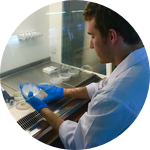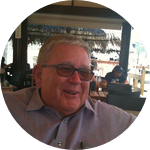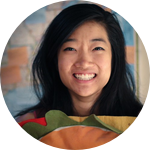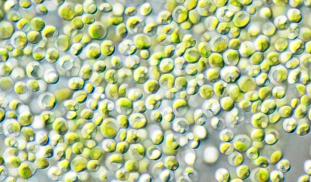Please wait...
About This Project
This page serves as an archive of our first proof-of-concept experiments to genetically modify microalgae before founding MicroSynbiotiX. We were partially successful in expressing proinsulin. We were successful in genetically modifying a strain of microalgae to express recombinant proteins (GFP), fish vaccines, and we even began fish vaccine trials with our first candidate product. Fish vaccines are our priority now, but we will revisit insulin and human therapeutics soon!

Browse Other Projects on Experiment
Related Projects
Toward ethical and affordable antivenom solutions: Can anti-toxin be animal cruelty-free?
Snakebite envenoming causes over 100,000 deaths annually, yet current antivenoms depend on animal plasma...
Microplastics: Can engineered enzymes remove microplastics from the human body?
Polyethylene terephthalate (PET) microplastics have been detected in human blood and tissues, and linked...
Shutting down cancer’s recycling system with exosome-based therapy
Pancreatic cancer is one of the deadliest cancers because its cells survive by recycling their own components...





